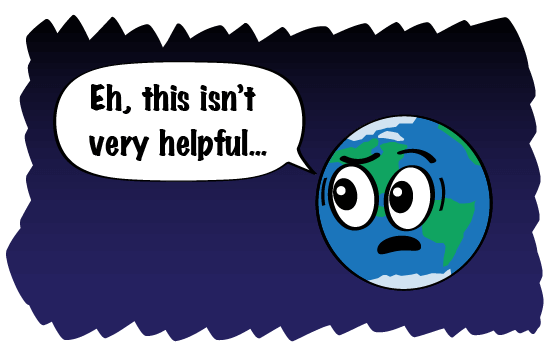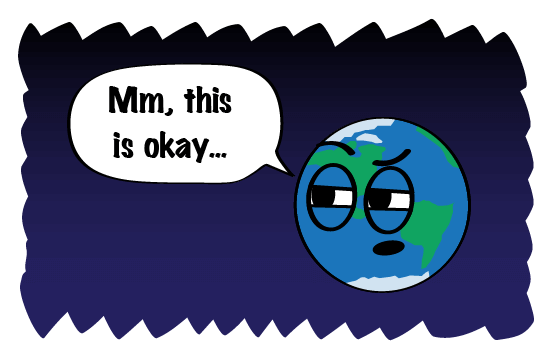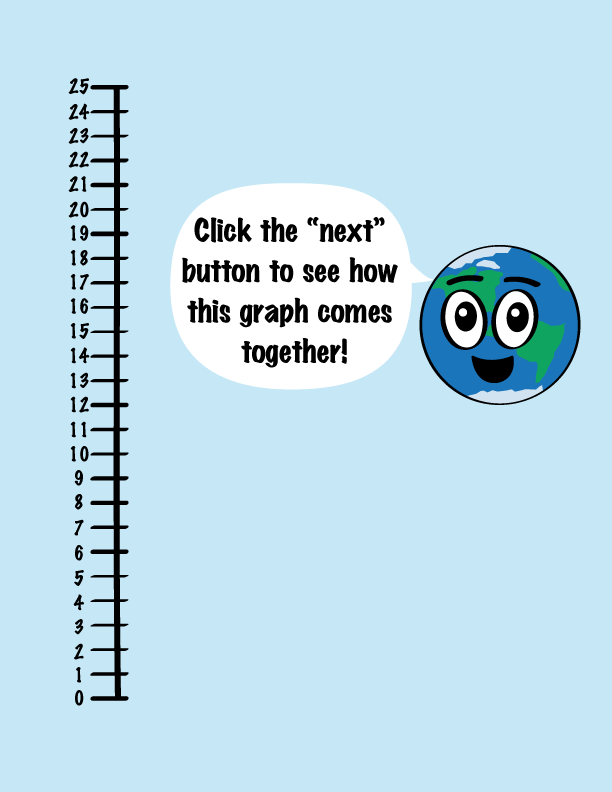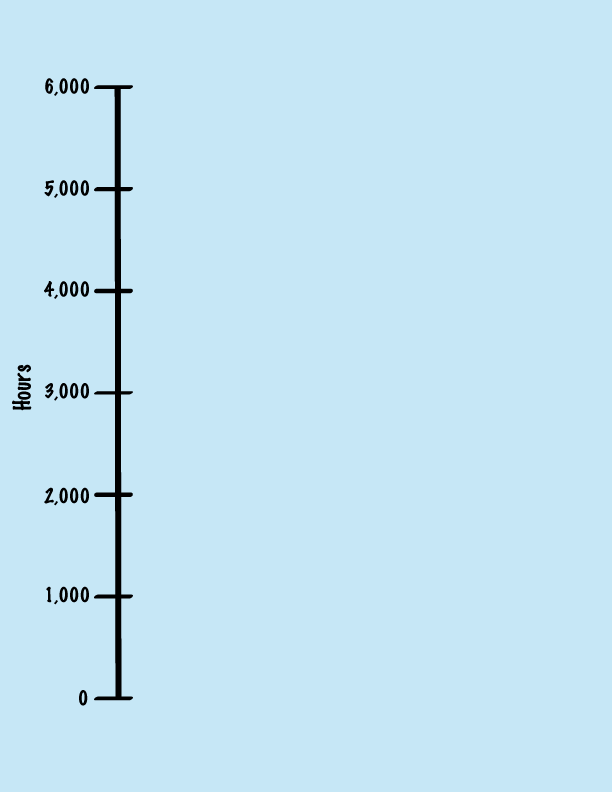How Long Is One Day on Other Planets?
How Long Is One Day on Other Planets?
Planet | Day Length |
| Mercury | 1,408 hours |
| Venus | 5,832 hours |
| Earth | 24 hours |
| Mars | 25 hours |
| Jupiter | 10 hours |
| Saturn | 11 hours |
| Uranus | 17 hours |
| Neptune | 16 hours |
When you think of a day, you normally think of one cycle of daytime to nighttime. That is called a solar day. On Earth, a solar day is around 24 hours. However, Earth’s orbit is elliptical, meaning it’s not a perfect circle. That means some solar days on Earth are a few minutes longer than 24 hours and some are a few minutes shorter.

Another way to measure a day is to count the amount of time it takes for a planet to completely spin around and make one full rotation. This is called a sidereal day. On Earth, a sidereal day is almost exactly 23 hours and 56 minutes.
We know how long an Earth day is, but how about the other planets in our solar system? How long does it take for those planets to spin one full rotation? And what is the best way to show the answer to this question?
Let’s look at a few options.
Option 1: A Paragraph
We can write a paragraph about how long days last on other planets.

On Mercury a day lasts 1,408 hours, and on Venus it lasts 5,832 hours. On Earth and Mars it’s very similar. Earth takes 24 hours to complete one spin, and Mars takes 25 hours. The gas giants rotate really fast. Jupiter takes just 10 hours to complete one rotation. Saturn takes 11 hours, Uranus takes 17 hours, and Neptune takes 16 hours.
Reading that paragraph took a while, and it’s hard to find all the numbers. Let’s see how it looks if we put it in a table.
Option 2: A Table

Planet | Day Length |
| Mercury | 1,408 hours |
| Venus | 5,832 hours |
| Earth | 24 hours |
| Mars | 25 hours |
| Jupiter | 10 hours |
| Saturn | 11 hours |
| Uranus | 17 hours |
| Neptune | 16 hours |
That’s a little bit better. We can look up and down at the numbers and can compare them more easily. But wouldn’t it be nice if we could see how big those differences are?
Let’s make a graph with these numbers!
Option 3: A Graph
But what do we do about Mercury and Venus? Their days are thousands of hours long. How do we make a graph for those?
Now that you know how to make a graph, you can show all kinds of information this way. You can graph the time it takes to get to school each day, the number of pieces of pizza your friends can eat, and how many people like the color blue or green. Go on and get graphing!



Comments
Post a Comment